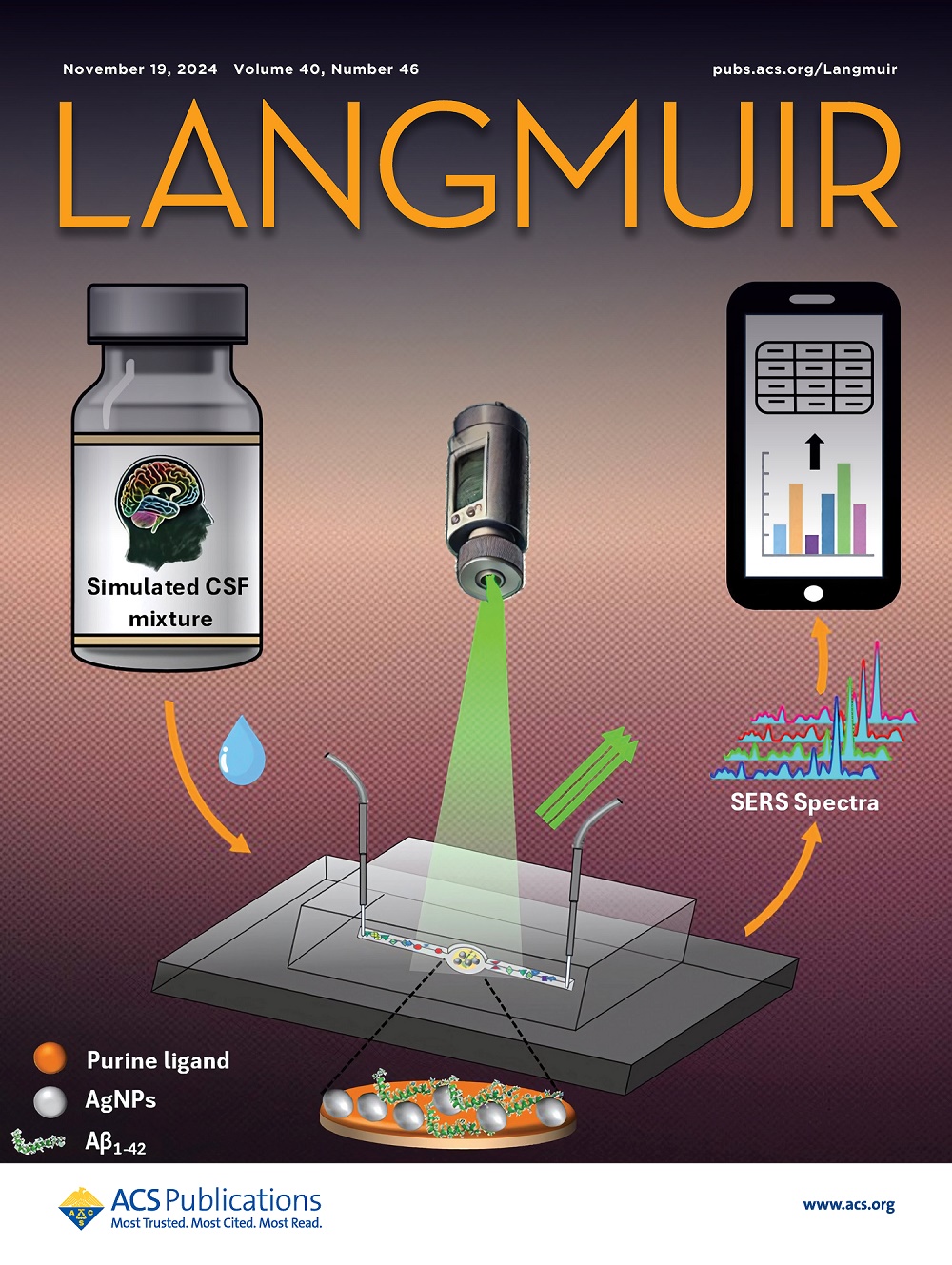Preparation of Superhydrophobic PU@CuS via Electroless Plating and Its Application on Photothermal-Assisted Separation of High-Viscosity Crude Oil from Water
IF 3.9
2区 化学
Q2 CHEMISTRY, MULTIDISCIPLINARY
引用次数: 0
Abstract
Crude oil spills pose serious challenges due to low fluidity and high viscosity. Researchers are exploring a range of sustainable cleanup solutions, such as using heating components to reduce oil viscosity. Herein, an electroless plating technique was adopted for depositing copper sulfide (CuS) on a polyurethane (PU) sponge by a coordination strategy. Subsequently, a layer of octadecyltrichlorosilane (OTS) was deposited to enhance the surface oil absorption ability. The PU@OTS-CuS sponge has demonstrated superhydrophobicity and remarkable oil absorption capability ranging from 11.5 to 47 g/g for oils with diverse viscosities. Moreover, it has sustained its 22.5 g/g oil absorption capacity for lubricant oils and separation efficiency of over 97% for the n-hexane and dichloromethane–water mixture even after undergoing 10 cycles. The surface temperature of the modified sponge was increased to 74 °C within 180 s under 1 sun irradiation and a sustained crude oil absorption capacity of 20 g/g even after 10 cycles. In continuous crude oil remediation, the modified sponge collected 3.257 g within 15 min at a rate of 0.542 g/min. Additionally, the modified sponge revealed superior stability against immersion in seawater and different pH solutions, exposure to UV light, sand abrasion, mechanical compression, and cyclic photothermal performance. This research presents a new strategy for depositing a photothermal component on sponge surfaces to improve crude oil cleanup.

化学镀法制备超疏水PU@CuS及其在光热辅助高粘度原油与水分离中的应用
由于原油的低流动性和高粘度,原油泄漏带来了严峻的挑战。研究人员正在探索一系列可持续的清洁解决方案,例如使用加热组件来降低油的粘度。本文采用化学镀技术,通过配位策略在聚氨酯(PU)海绵上沉积硫化铜(cu)。随后,沉积一层十八烷基三氯硅烷(OTS)以增强表面吸油能力。PU@OTS-CuS海绵对不同粘度的油具有超疏水性和显著的吸油能力,吸油量在11.5 ~ 47 g/g之间。此外,经过10次循环后,它对润滑油的吸油能力仍保持在22.5 g/g,对正己烷和二氯甲烷-水混合物的分离效率仍在97%以上。在1次太阳照射下,改性海绵的表面温度在180 s内提高到74℃,即使在10次循环后,原油吸收能力仍保持在20 g/g。在原油连续修复中,改性海绵在15 min内以0.542 g/min的速率收集了3.257 g。此外,改性海绵在海水和不同pH溶液浸泡、紫外线照射、砂纸磨损、机械压缩和循环光热性能方面表现出优异的稳定性。本研究提出了一种在海绵表面沉积光热成分以改善原油清理的新策略。
本文章由计算机程序翻译,如有差异,请以英文原文为准。
求助全文
约1分钟内获得全文
求助全文
来源期刊

Langmuir
化学-材料科学:综合
CiteScore
6.50
自引率
10.30%
发文量
1464
审稿时长
2.1 months
期刊介绍:
Langmuir is an interdisciplinary journal publishing articles in the following subject categories:
Colloids: surfactants and self-assembly, dispersions, emulsions, foams
Interfaces: adsorption, reactions, films, forces
Biological Interfaces: biocolloids, biomolecular and biomimetic materials
Materials: nano- and mesostructured materials, polymers, gels, liquid crystals
Electrochemistry: interfacial charge transfer, charge transport, electrocatalysis, electrokinetic phenomena, bioelectrochemistry
Devices and Applications: sensors, fluidics, patterning, catalysis, photonic crystals
However, when high-impact, original work is submitted that does not fit within the above categories, decisions to accept or decline such papers will be based on one criteria: What Would Irving Do?
Langmuir ranks #2 in citations out of 136 journals in the category of Physical Chemistry with 113,157 total citations. The journal received an Impact Factor of 4.384*.
This journal is also indexed in the categories of Materials Science (ranked #1) and Multidisciplinary Chemistry (ranked #5).
 求助内容:
求助内容: 应助结果提醒方式:
应助结果提醒方式:


